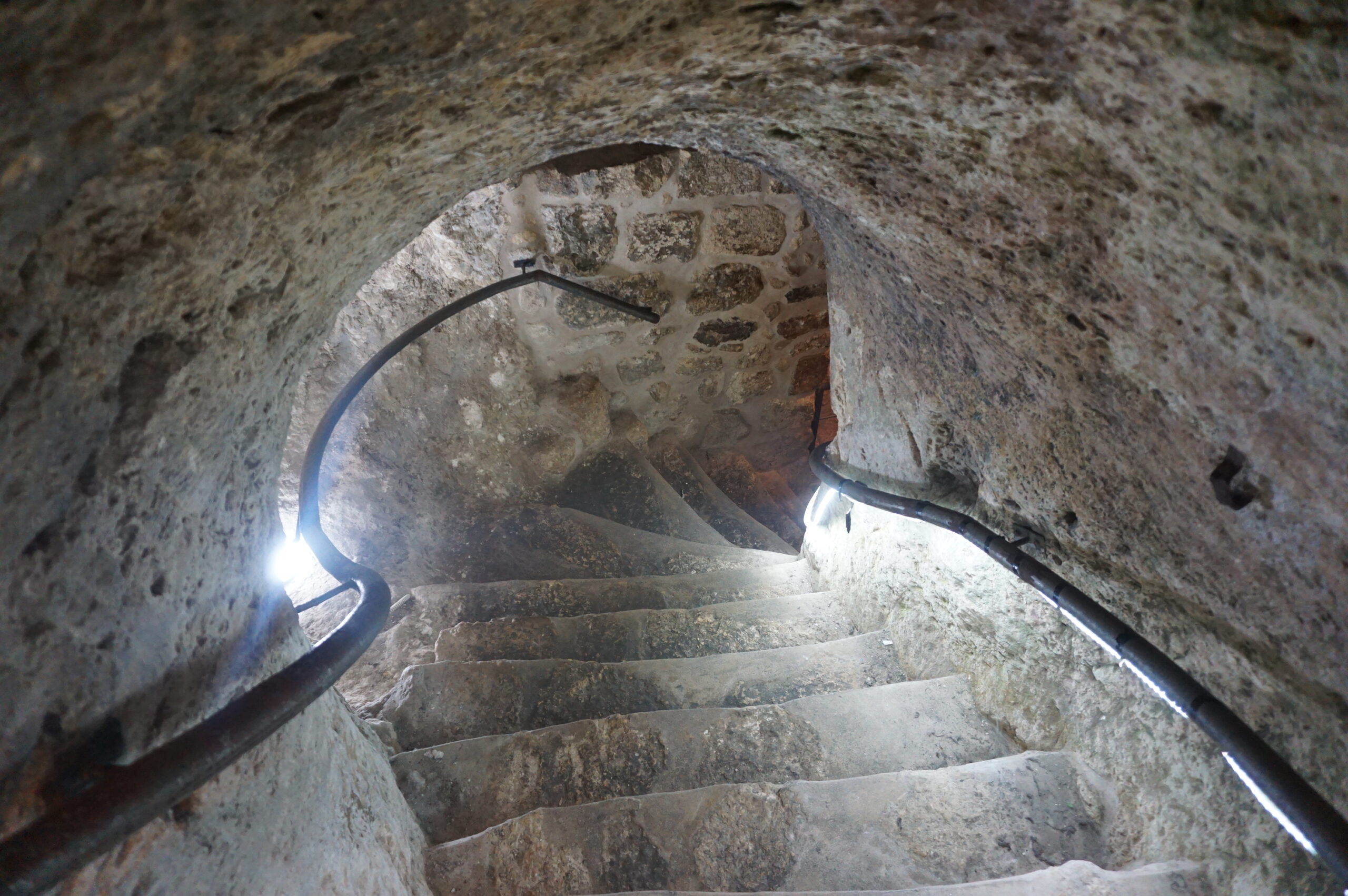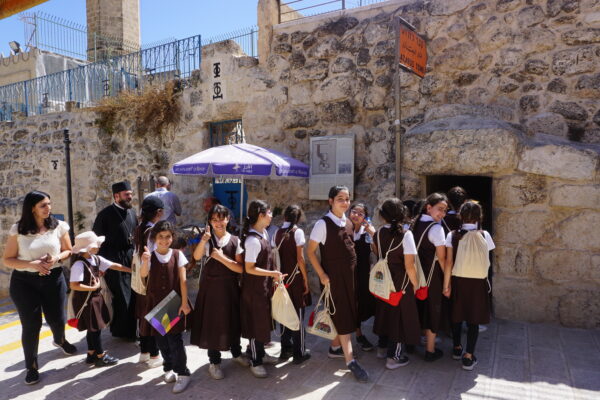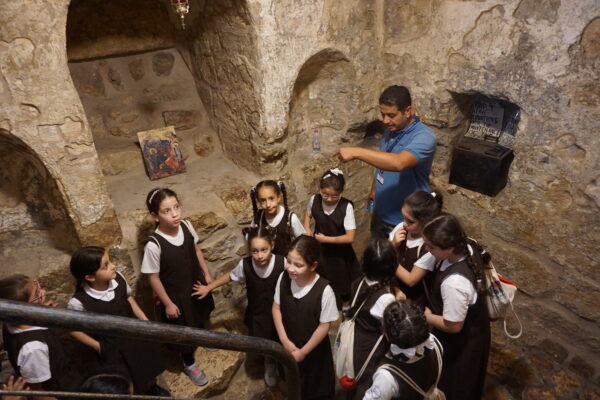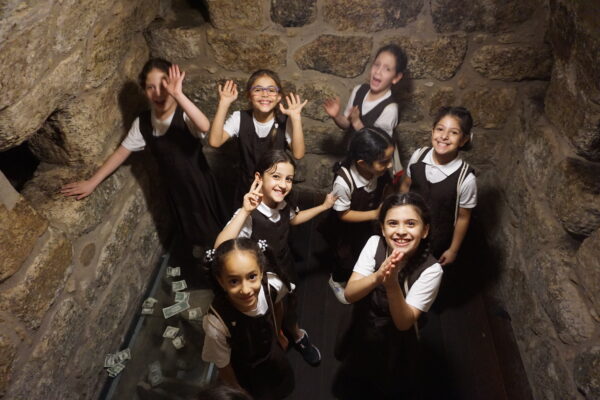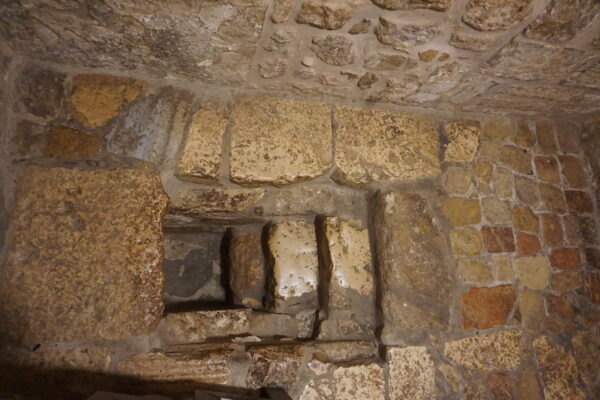Tomb of Lazarus
The first traces of worship on the tomb of Lazarus date back to the the Fourth century. Eusebius of Caesarea in 325 ca. wrote that in Bethany he had visited “the place of Lazarus” in Bethany. Soon after, in 333 ca., the anonymous pilgrim from Bordeaux also confirmed that in Bethany there was the crypt where Lazarus was buried. While the pilgrim Egeria, whose writings date back to in the years 381-384, spoke about the church where Mary, Lazarus’ sister, had met Jesus. In her writings she also described the Lazarium, and the liturgies that took place in the tomb involving a great multitude of people. In 390 ca. St. Jerome, who lived in Bethlehem at the time, added a small note in his translation of the Greek text by Eusebius into Latin in which he wrote “now a church has been built there”. The church was therefore built towards the end of the Fourth century as many other sanctuaries in that period that were built in the Holy Land, thanks to the support of emperors of the eastern Roman Empire.
Probably the original tomb was built inside a rocky bank and was composed of a vestibule and a burial chamber. The name of the town was changed into Lazarium due to the the devotion to the tomb that brought to the actual Arabic name of al-Azariya which is still in use. The original access to the tomb was from the east through the atrium of the first church, but this original entrance is now walled up and the tomb can be reached by an entrance to the north, on the road outside the mosque, through a steep staircase of 24 steps built by the Franciscans in the Seventeenth century (as showed in the pictures below). The staircase ends up in the vestibule. Here, the tradition recalls the place where Jesus called Lazarus out of the tomb. Another short staircase descends further into the burial chamber which is less than two meters wide. The chamber is made up of three arcosolium funerary niches, now mostly hidden by the stone cladding. A tradition places the tomb of Lazarus to the right of the entrance.
In its current state the tomb shows traces of structural changes made during the Middle Ages. The discovery of other tombs in the nearby area shows that the tomb of Lazarus was located in a funerary area, and therefore it was located outside the village.

